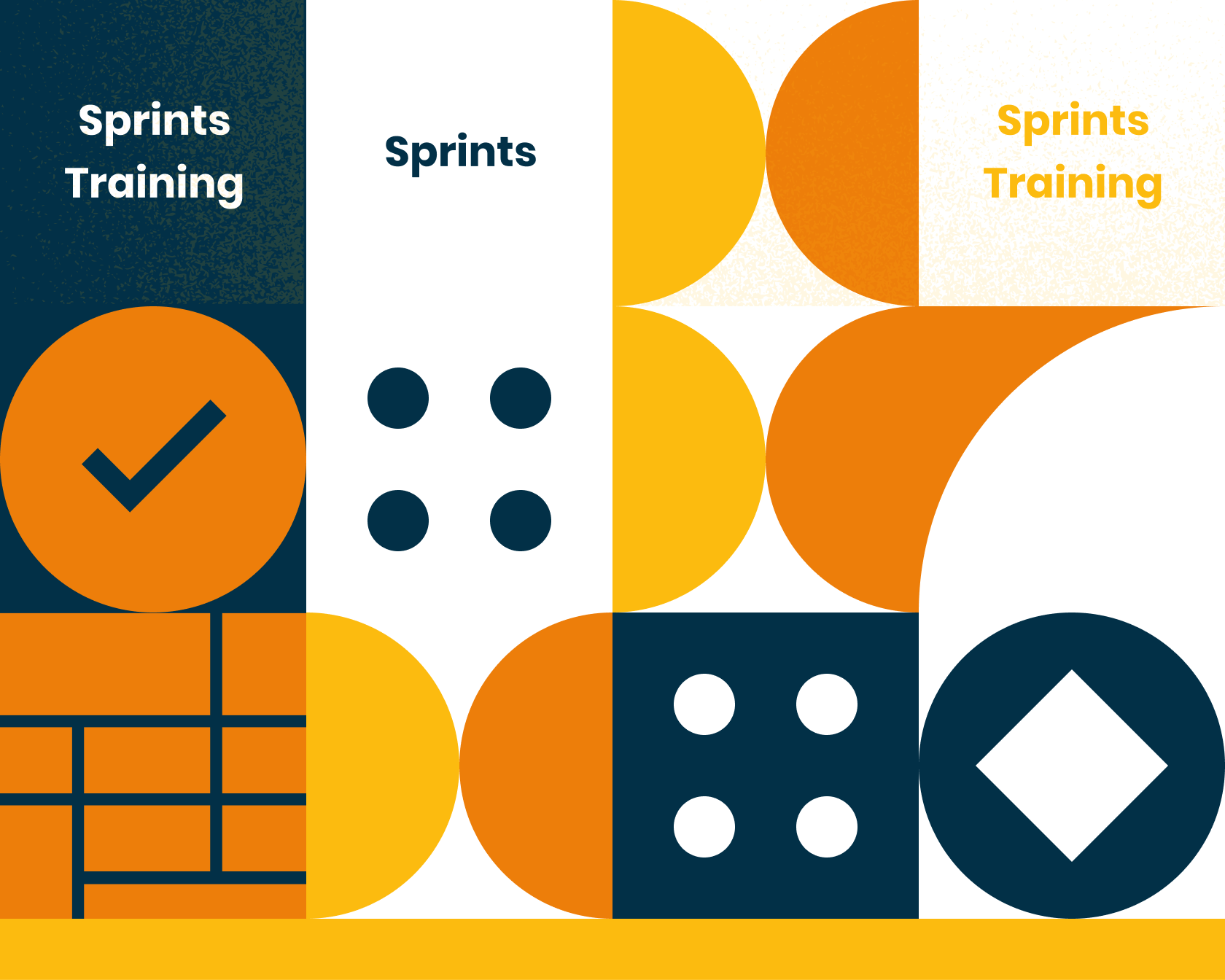Design sprints are a structured process for rapidly prototyping and testing ideas to validate or invalidate them quickly. Originally developed at Google Ventures, design sprints have become a popular method for teams to solve complex problems and accelerate product development in five days. The process involves a multidisciplinary team working over a week to identify a challenge, generate ideas, create a realistic prototype, and test it with users.
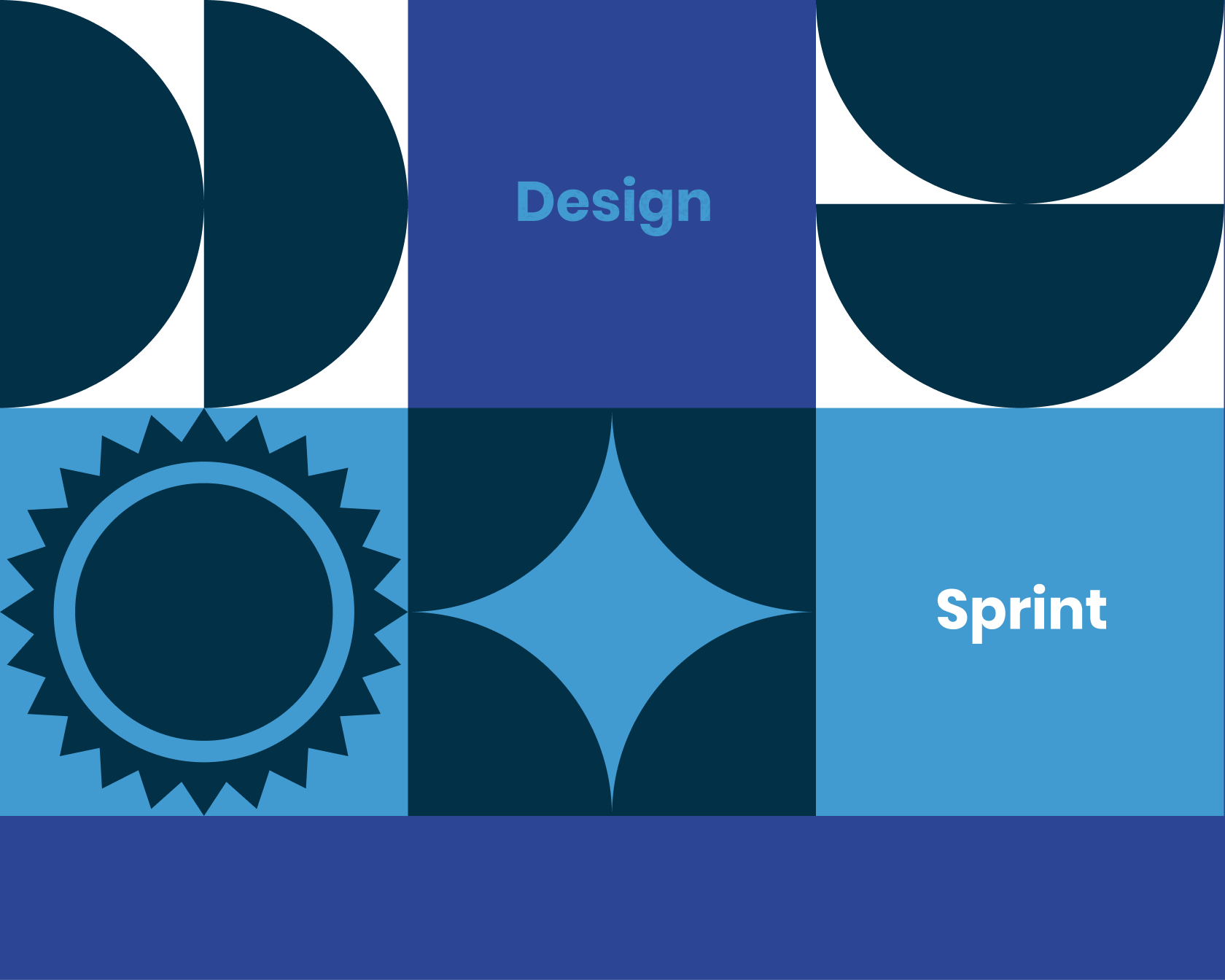
The benefits of design sprints are numerous. They can help teams move faster, make better decisions, and build more substantial alignment and collaboration. Design sprints also provide a framework for identifying and solving user problems, allowing teams to focus on creating solutions that truly meet the needs of their target audience and clients.
While the design sprint process is well documented, and many resources in the world are available for comprehending it, there is still a lot of value in participating in design sprint training. A trained facilitator can help teams get the most out of the process by providing guidance, coaching, and best practices.
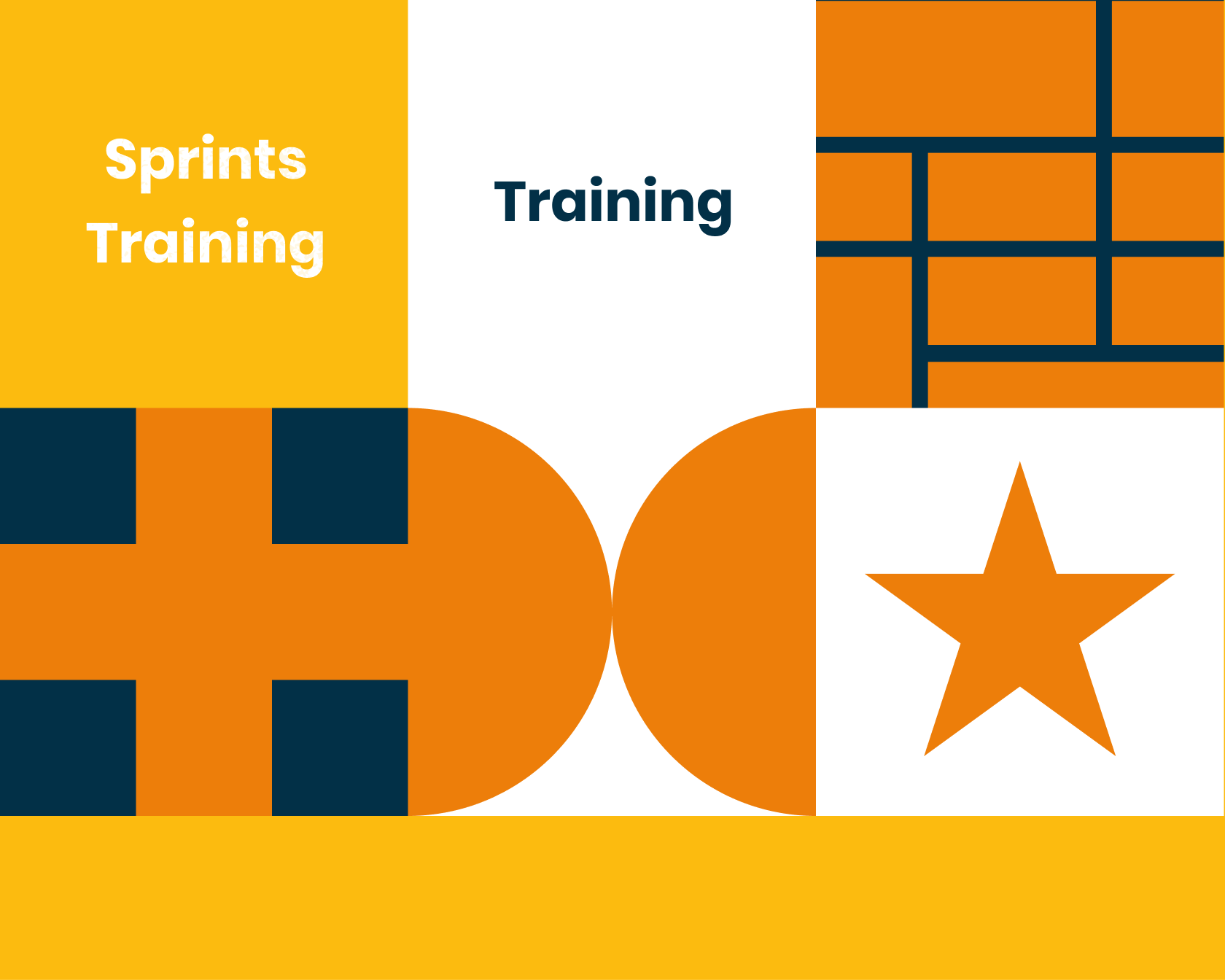
In addition, design sprint training can help teams develop a common language and framework, which can be especially helpful for organizations with multiple teams or departments working on different projects in the future.
Several types of design sprint training are available, including in-person workshops, online courses and webinars, on-site training for organizations, and certification programs. Choosing the right training option depends on a variety of factors, including the needs and goals of your team, the quality and reputation of the training provider, and the time and cost investment required.
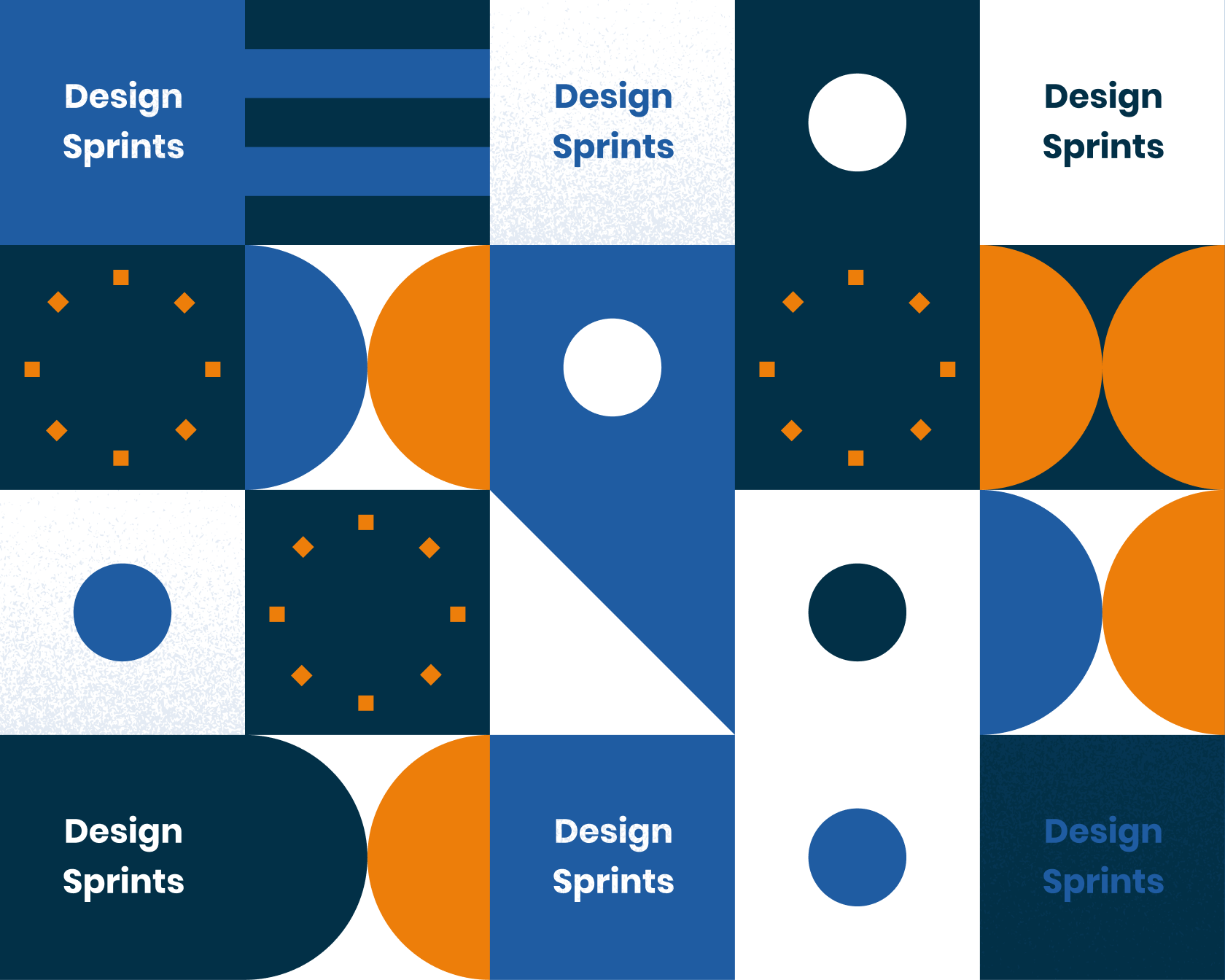
In this article, we will explore the benefits of design sprint training and the different options available. We will also provide tips for choosing the right training option and ensuring a successful experience for your team. Investing in design sprint training can build the skills and confidence needed to lead design sprints and effectively drive innovation within your organization.
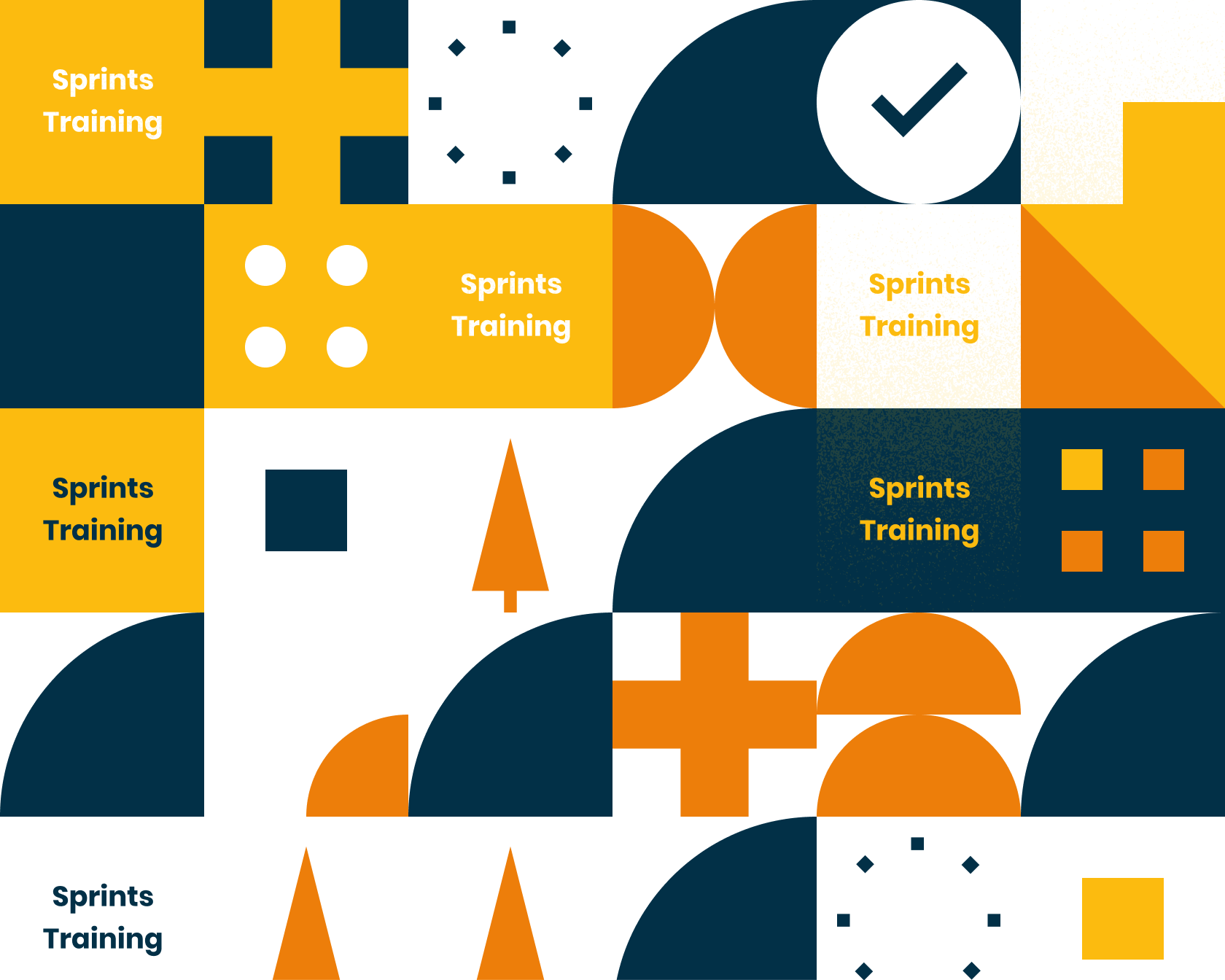
Why Consider Design Sprint Training?
Design sprint training can provide numerous benefits for teams and organizations. Here are a few reasons to consider participating in design sprint training:
A structured approach to problem-solving and innovation (design thinking):
Design sprints provide a structured framework for tackling complex challenges and generating new ideas. A trained facilitator can help teams stay on track and make the most of the process, ensuring that they are following best practices and making the most of their time.
Trained facilitator:
Leading a design sprint can be challenging, especially for those new to the process. A trained design sprint facilitator can provide guidance and coaching to help teams get the most out of the process. They can also help teams stay focused and avoid common pitfalls, ensuring the design sprint workshop is a productive and successful experience.
Common language and framework:
Design sprint workshops can help teams develop a common language and understanding of the process. This can be especially helpful for organizations with multiple world teams or departments working on different projects. Teams can more easily collaborate and share ideas by having a shared understanding of the design sprint workshop. Units can be more aligned for developing a realistic prototype and decision-making.
Improved team alignment and collaboration:
Sprints bring diverse perspectives and ideas to solve problems and create new solutions. A trained facilitator can help teams build stronger alignment and collaboration by creating a safe and inclusive environment where everyone can contribute.
Confidence and skills development:
Participating in design sprint training can help team members build confidence and formulate new skills. They can learn about different techniques and tools for prototyping, user research, and creativity, as well as how to communicate and present their ideas to others effectively.
Overall, design sprint training can benefit groups and organizations looking to drive innovation and solve complex problems. By investing in design sprint training, team leads can build the skills and confidence needed to lead design workshops and effectively drive innovation within their organization.
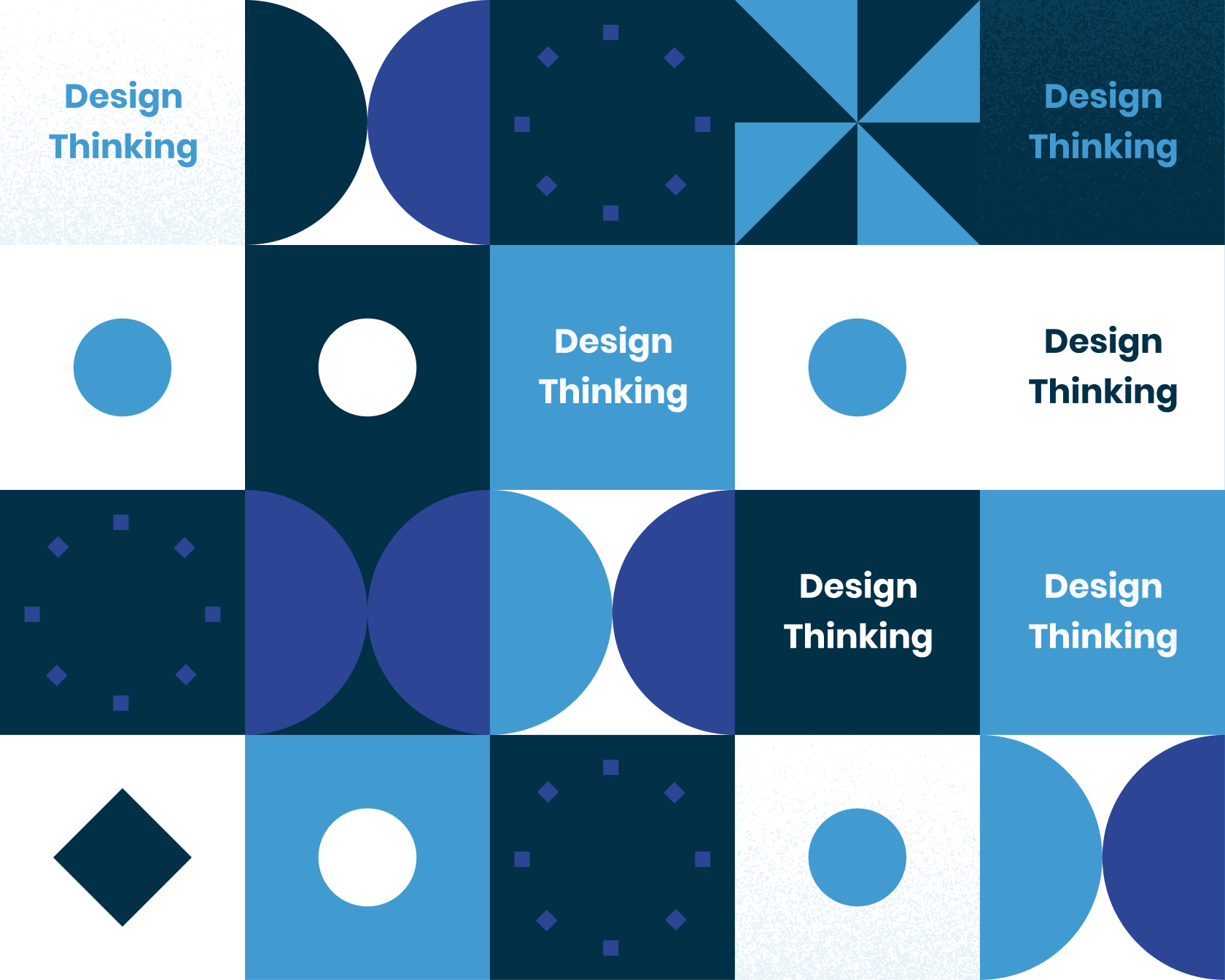
Types of Design Sprint Training
Several types of design sprint training are available for team leads, each with its benefits and drawbacks. Here is a summary of the different options:
In-person training workshops:
In-person training workshops are typically led by experienced facilitators and offer a hands-on, immersive understanding experience. They can be an excellent option for teams that want to learn about design workshops in a structured and interactive setting.
In-person workshops can be held at a specific location or brought on-site to an organization. In-person training workshops are a type of design sprint training that is conducted in a physical area. Experienced facilitators typically lead these workshops and offer a hands-on, immersive education experience. They can be an excellent option for teams that want to learn about design workshops in a structured and interactive setting.
person design sprint training is efficient and fun. Facilitators love it because they can use their abilities to teach.
In-person workshops can be held at a specific location, such as a conference center or training facility, or they can be brought on-site to an organization. On-site Orientation can be a convenient option for teams that want to learn about design sprints in the context of their work and challenges.
In-person training workshops typically involve a combination of lectures, demonstrations, exercises, and group discussions. They may also include opportunities for participants to practice and apply what they have learned through exercises or simulations.
Overall, in-person orientation workshops can be a valuable option for teams that want to learn about design workshops in a structured and interactive setting. They can provide a great opportunity for teams to build mastery, develop a common understanding of the design sprint workshop, and network with other practitioners.
Online courses and webinars:
Online courses and webinars offer a flexible understanding option for those unable to attend in-person workshops. These can be self-paced or follow a structured schedule and often include video course lectures, quizzes, and other interactive elements.
Online classes and webinars are a type of design sprint Orientation conducted online. These options offer a flexible knowledge option for those unable to attend in-person workshops online course method is a perfect companion to In-person Orientation.
The online course is typically self-paced and consists of video lectures, quizzes, and other interactive elements. They can be a good option for those who want to learn at their own pace and have the time and discipline to work through the course material independently.
On the other hand, webinars are typically scheduled events conducted live over the internet. They may be interactive, allowing participants to ask questions and engage with the facilitator in real time, or they may be more lecture-style. Webinars can be convenient for teams that want to learn about design workshops but cannot commit to an entire course or workshop, and the Online course option is a good preparation for the project.
Overall, online courses and webinars can be a good option for teams that want a flexible and convenient way to learn about design sprints. They can provide an excellent opportunity for teams to build skills and knowledge without having to travel or take time away from work.
However, it is essential to carefully research and evaluate the quality and reputation of different online course options to ensure a high-quality learning experience.
On-site training for organizations:
Some conditioning business providers offer on-site exercises for client organizations, which can be customized to meet the specific needs and goals of the team. On-site apprenticeship can be convenient and practical for couples who want to learn about design sprints in their work and challenges.
On-site coaching for organizations is designed to be sprint conditioning customized to meet an organization's specific needs and goals. On-site Orientation is typically conducted at the organization's premises and can be tailored to the team's challenges and goals.
On-site exercises can be convenient and practical for teams that want to learn about design workshops in the context of their work and challenges. It can provide an excellent opportunity for teams to build crafts and knowledge in a familiar setting and can be customized to the team's specific needs and goals.
On-site activity may involve a combination of lectures, demonstrations, exercises, and group discussions. It may also include opportunities for participants to practice and apply what they have learned through exercises or simulations.
Overall, on-site practicum for organizations can be a convenient and effective option for teams that want to learn about design workshops in the context of their work and challenges. It can provide a great opportunity for teams to build mastery and knowledge in a familiar setting and tailor the activity to their specific needs and goals.
Certification programs:
Certification programs are typically more in-depth and comprehensive than design sprint coaching. They often involve a combination of in-person and online learning, practical application, and assessment. These options are convenient for corporate customers.
Certification programs can be a good option for those who want to become proficient in leading design sprints and build a professional credential in the field. Certification programs are a type of design sprint activity that is designed to provide a comprehensive and in-depth learning experience. These programs often involve a combination of in-person and online learning, as well as practical application and assessment.
Certification programs are typically more in-depth and comprehensive than design sprint coaching. They may involve a multi-day in-person workshop, online courses and webinars, practical exercises, and assessments. Certification programs may also include a final exam or project to demonstrate competency in the design sprint methodology.
Certification programs can be a good option for those who want to become proficient in leading design workshops and build a professional credential. They can provide a more comprehensive and structured learning experience than other practicum options. They can be a great way to build confidence and credibility as the next design sprint facilitator.
Certification programs can be a good option for those who want to become the world's most proficient in leading design sprints and build a professional credential in the field. They can provide a more comprehensive and structured learning experience and help build confidence and credibility as a design sprint facilitator.
When choosing a design sprint conditioning option, it is essential to consider the needs and goals of your team, as well as the time and cost investment required. Some options may be more suitable for couples new to design workshops, while others may be better suited for more experienced practitioners. It is also essential to carefully research and evaluate the quality and reputation of different Orientation providers before deciding.
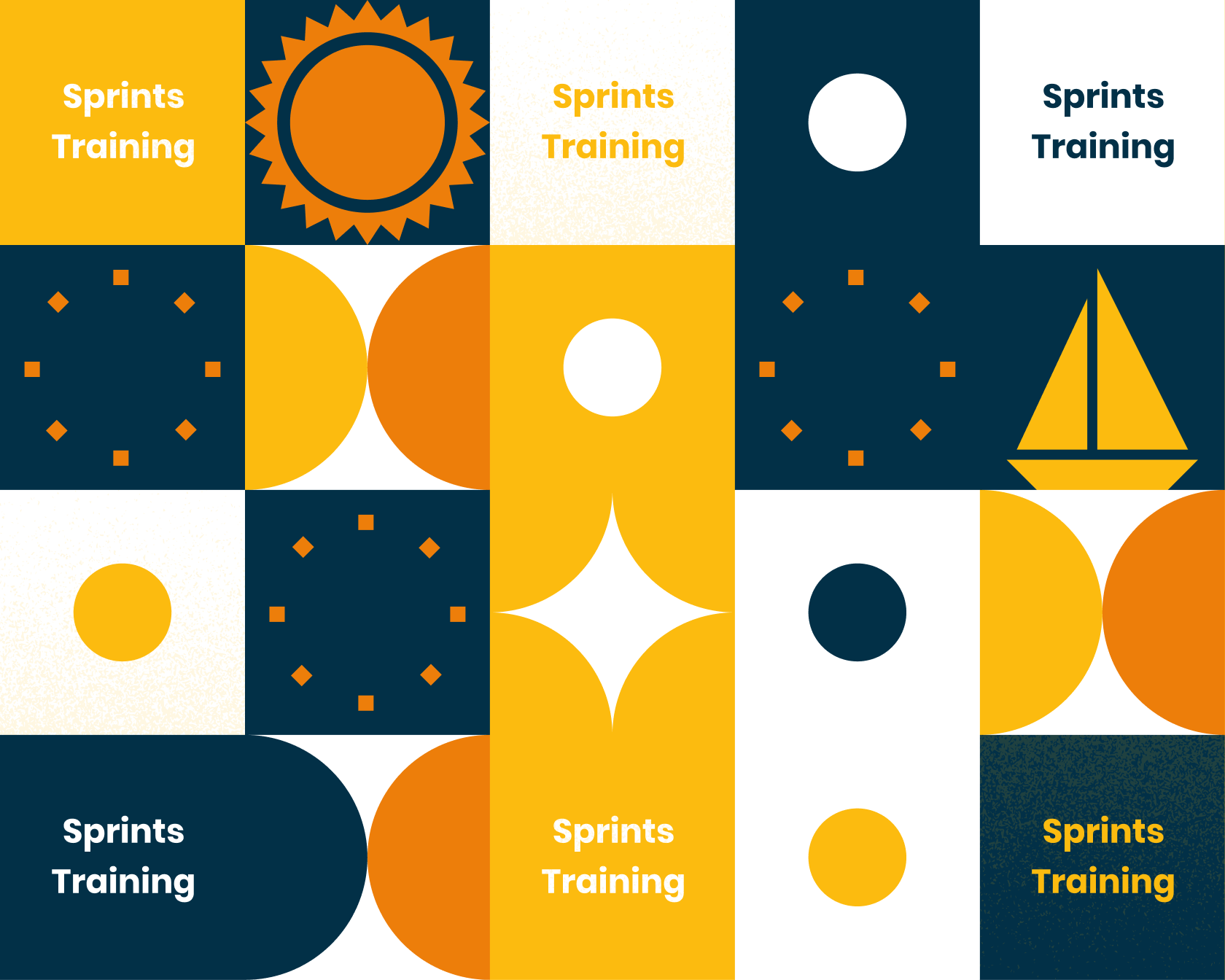
Choosing the Right Design Sprint Training Option
When choosing a design sprint framework option, several factors must be considered. Here are a few tips to help you select the right choice for your team:
Assess your team's needs and goals:
What are you hoping to achieve through design sprint Orientation? Do you want to learn about the design sprint methodology from scratch, or do you have some experience and want to build on your existing talents? Are you looking for a structured, immersive wisdom experience or something more flexible and self-paced? Answering these questions can help you identify the type of activity that best meets your team's needs and goals. Pay attention to the inclusive options- don't forget designers when setting goals.
Evaluate the quality and reputation of different training options:
There are many design sprint conditioning providers, so it is essential to carefully research and evaluate the quality and reputation of other possibilities. Look for training providers with a proven track record and strong customer reviews. You may also want to consider the experience and credentials of the facilitators, as well as the materials and resources provided during the activity. Al, so you may find it helpful to make a test orientation.
Consider cost and time investment:
Orientation options can vary significantly in terms of cost and time investment. In-person workshops and certification programs may be more expensive and time-intensive, while online courses and webinars can be more flexible and cost-effective. It is essential to consider your team's budget and availability when choosing a learning option.
By carefully assessing your team's needs and goals, evaluating the quality and reputation of different exercise options, and considering cost and time investment, you can choosyouryour team's own design sprint Orientation option. This will help ensure you get the most value out of your training experience and build the aptitudes and confidence needed to lead design sprints effectively and use design thinking.
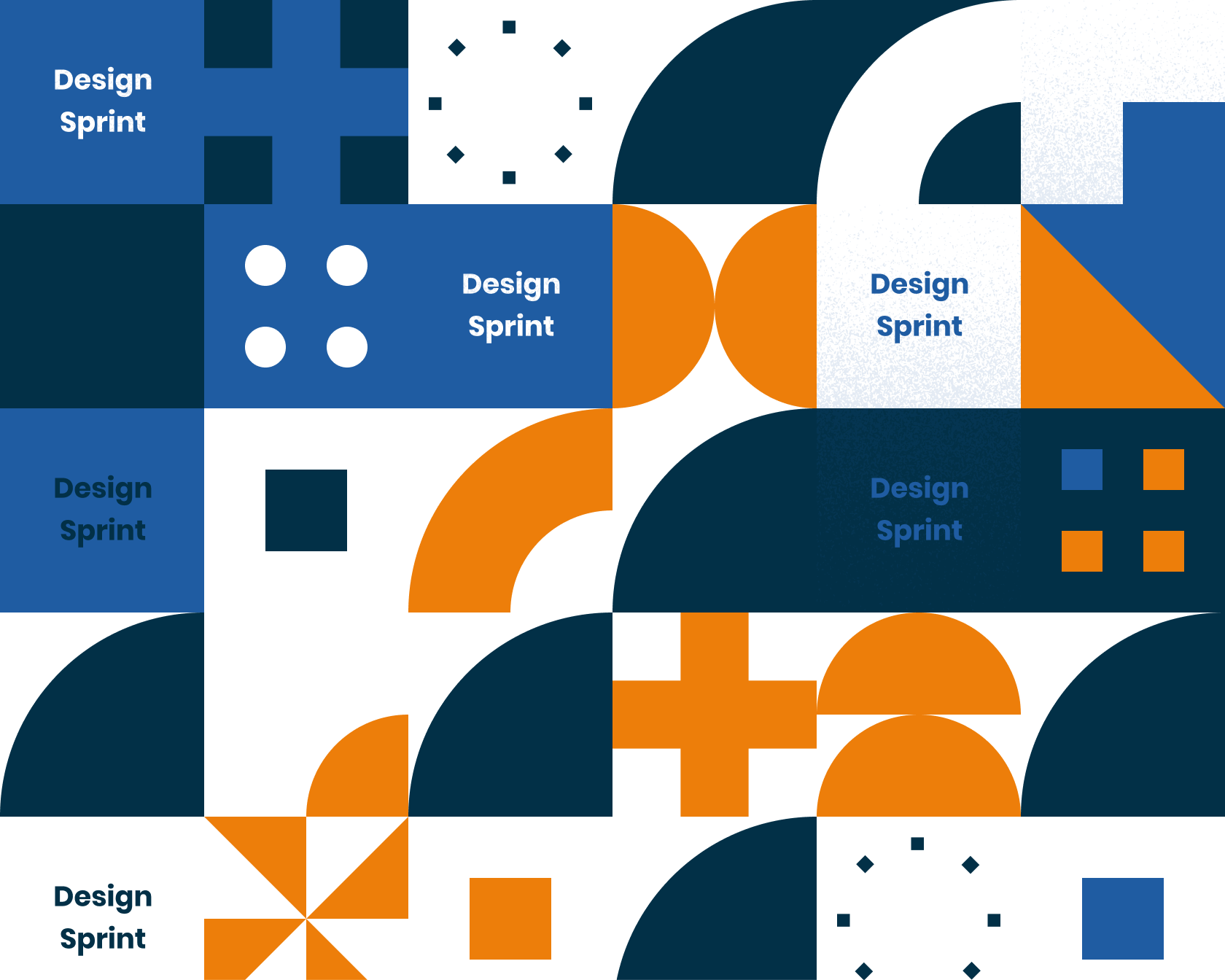
Tips for Successful own Design Sprint Training
Once you have chosen a design sprint Orientation option, there are a few steps you can take to ensure a successful experience for your team:
Set clear objectives and expectations:
Before starting your training, you must define your team's goals and expectations for the experience. This can help ensure everyone is on the same page and knows what to expect. It can also help you measure the success of your Orientation and identify areas for improvement.
Ensure buy-in and support from leadership:
Design sprint Orientation is most effective when it has the support and buy-in of leadership. Make sure to communicate the value and goals of the movement to your manager and other key stakeholders and involve them in the planning process.
Provide opportunities for practice and application:
Design sprint training is most effective when opportunities for practice and application follow it. Consider setting aside time after the activity for your team to apply what they have learned by conducting a product design sprint or another problem-solving exercise. This can help solidify abilities and knowledge gained during the Orientation and ensure that they are implemented.
By setting clear objectives, ensuring buy-in and support from leadership, and providing opportunities for practice and application, you can ensure that your design sprint training is successful and creates e valuable experience for your team.
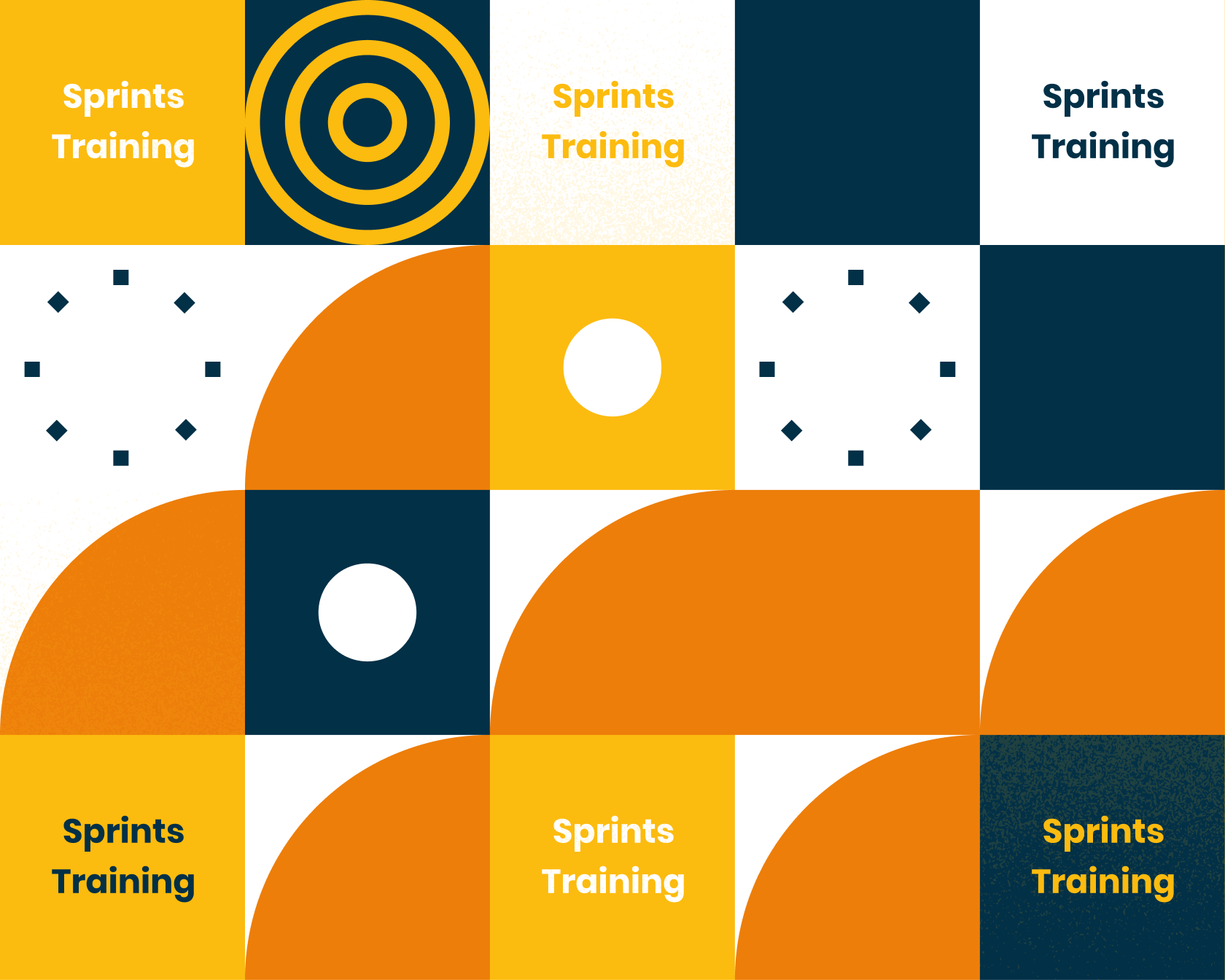
Conclusion
Design sprint training is a valuable solution for teams and organizations looking to drive innovation and solve big problems. By participating in design sprint training, teams can build the skills and confidence needed to lead design sprints and effectively drive innovation within their organization.
Several types of design sprint training are available, including in-person workshops, online courses and webinars, on-site Orientation for organizations, and certification programs. When choosing an Orientation option, it is essential to consider the needs and goals of your team, the quality and reputation of the training provider, and the time and cost investment required.
Design Sprints Objectives
To ensure a successful design sprint Orientation experience, it is vital to set clear objectives and expectations, ensure buy-in and support from leadership, and provide opportunities for practice and application. By following these tips, you can get the most value out of your training and build the skills and confidence needed to drive innovation and solve complex problems within your organization.
